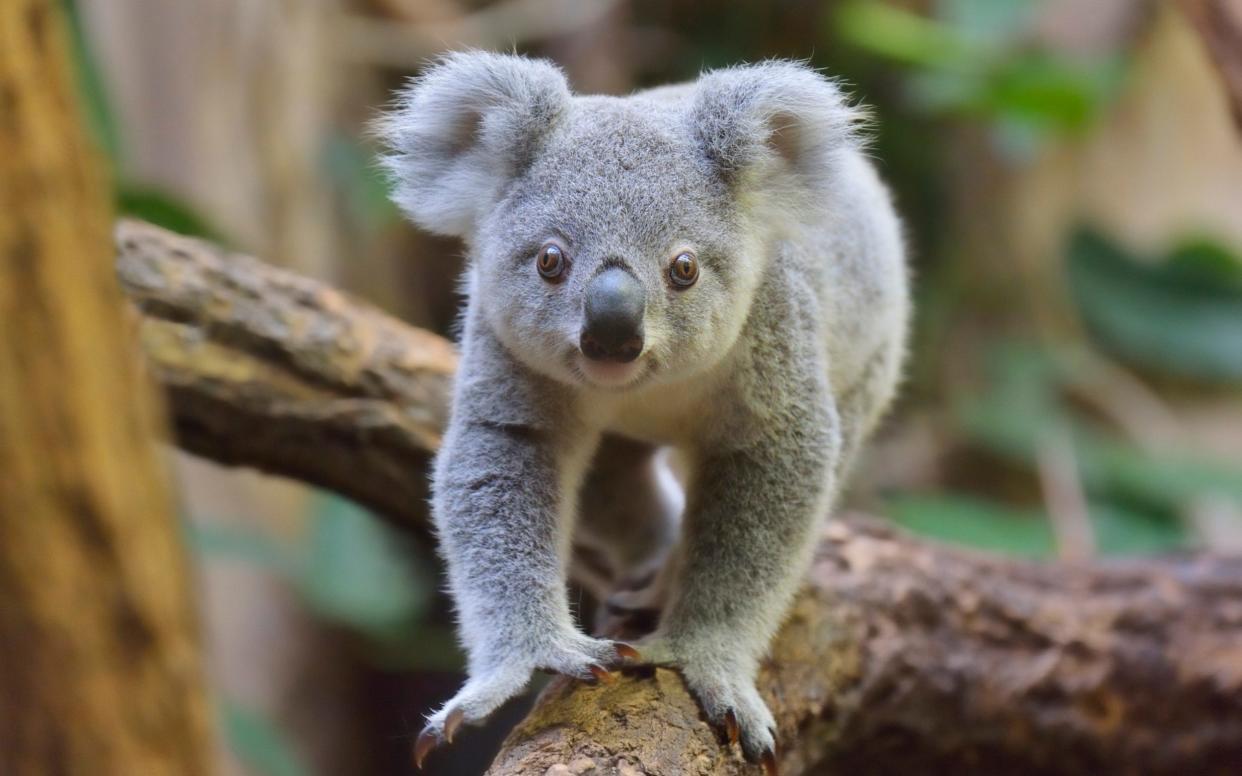Koalas facing extinction because of habitat loss, bushfires and human encroachment, study says

Koalas are facing extinction after decades of bushfires, habitat loss, and human interference, new research has shown.
Koalas are currently listed as vulnerable in Australia, but the government is under pressure to give them an emergency endangered species classification.
Now a 29-year study of the koala population in New South Wales, home to 10 per cent of the country’s koala population, has identified the key causes of their decline.
It found that they could be more susceptible to chlamydia, the most common disease among the marsupials, because of the stress of habitat loss as a result of agriculture, bushfires and human encroachment.
Chlamydia raises the risk of blindness and early death through wasting as they struggle to find food, and can leave them infertile, further lowering the populations.
The marsupials become more susceptible to chlamydia and other diseases as the stress of habitat loss compromises their immune system.
Between 2010 to 2014, nearly 300,000 hectares of land rich in native eucalypt species, a favourite of the koala, was cleared in New South Wales alone.
The study also pointed to the growing number of bushfires as a major threat to koala populations, both directly killing or injuring the animals, or by destroying their habitats.
Unprecedented bushfires that tore through Australia in late 2019 are believed to have had a catastrophic impact on koala populations, killing up to 30,000, according to one estimate.
It is unknown how many koalas still exist in the wild, but estimates range from 80,000 to 300,000.
Bushfire conditions are forecast to occur four times as often if global temperatures rise by 2C, as is forecast.
Marsupials, including koalas, have suffered the greatest population loss of any species since colonisation in Australia, which has the world’s highest rate of mammal extinction. Since 1788, 30 local mammal species have become extinct, with 55 others seeing their conservation status threatened.
The study found koalas are also falling victim to vehicle collisions and dog attacks as human residential areas encroach further into their natural habitat, the study found.
“Australia’s national wildlife icon, the Koala currently faces the brink of extinction crisis due to environmental trauma and diseases,” the authors said.
The Australian government has been accused of failing to take action to combat the risks faced by the koala population.
The local government in New South Wales gave the green light earlier this week for more than 50 hectares of koala habitat to be bulldozed to make way for the expansion of a quarry.
The move was described as “heartbreaking” by local environmental campaigners.
The researchers examined historic data on 12,543 sightings and clinical care admissions of koalas between 1989 and 2018.
Author Renae Charalambous, from the University of Queensland, said: "These findings could help inform efforts to address koala population decline through such actions as bushfire control, sustainable agricultural practices, environmental planning, and governmental policy."


